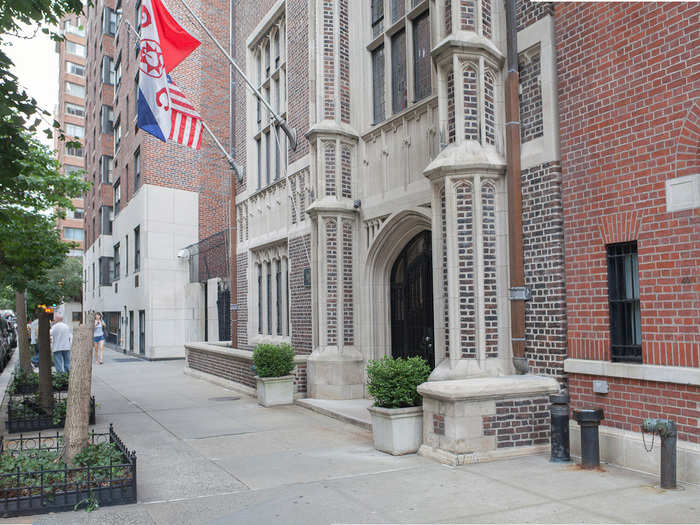













Source: Outside Magazine

Source: The Explorers Club





Source: Explorers Club



"When members are living, they are in the membership office. When they die, they come up here to live with me in the archives," Club curator Lacey Flint told Business Insider.










Freuchen was buried by an avalanche and suffered severe frostbite on his foot. Remembering that natives use frozen dog feces to make tools, Freuchen quickly moved his own bowels, froze the feces, and crafted a chisel to dig his way out.
On the way back to camp, he was saved by Inuits who told him to bite off his frostbitten toes. He instead knocked them off with a hammer.


While the club used to have a reputation as big-game hunters (note all the taxidermy in the house), it has since aimed to distance itself from that part of its past. The club has moved towards championing environmentalism and conservation.
 Stock markets stage strong rebound after 4 days of slump; Sensex rallies 599 pts
Stock markets stage strong rebound after 4 days of slump; Sensex rallies 599 pts
 Sustainable Transportation Alternatives
Sustainable Transportation Alternatives
 10 Foods you should avoid eating when in stress
10 Foods you should avoid eating when in stress

Copyright © 2024. Times Internet Limited. All rights reserved.For reprint rights. Times Syndication Service.